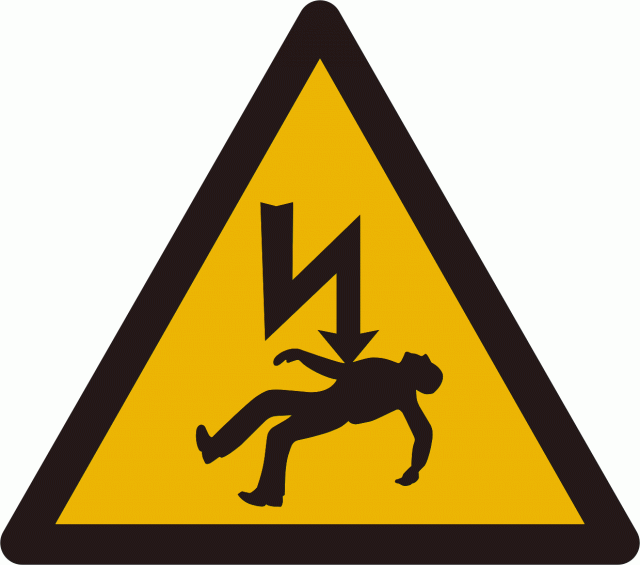In the past two weeks I’ve seen two articles about people getting electrocuted in the news:
- Man suffers ‘serious’ electric shock in crane in Auckland’s CBD www.stuff.co.nz 13/06/82019 A crane driver on a construction site in Auckland hit powerlines.
- Selfie-loving woman electrocuted in bath while charging phone www.nzhearald.co.nz A woman died when she dropped her mobile phone in her bathwater while it was charging.
What happens if you are electrocuted?
It depends on the length of time the person is in contact with the electricity, the pathway of the electrical current through the body, victims age and pre-existing medical conditions …pacemakers don’t go well with electricity is shot through them.
Then there is the question of voltage.
High Voltage > 500 volts – Overhead Transmission Lines
Think severe burns, liquefy your internal organs, stop breathing, heart failure and melted steel cap boots.
Low Voltage < less than 500 volts – Normal electrical appliances
Burns, damage to internal organs, broken bones from being thrown away from the current.
What to do about it?
- Turn off the source of electricity
- Call for help
- Start CPR if necessary
- Treat burns and any broken bones
- Transport to hospital for further assessment
How do you make your worksite safe and prevent electrocution?
WorksafeNZ has produced Electrical safety on small construction sites and the Electrical Workers Registration Board has some detailed resource’s around ‘What is an Electrical Risk?
Some key ideas that can keep everyone safe from electrocution are:
- Use battery-operated tools where possible rather than mains power tools.
- Be aware of Minimum Approach Distances
a)For circuit voltages 110 kV or less (powerlines around urban areas) the clearance is 4 m.
b)For circuit voltages above 110 kV (transmission power lines) the clearance is 6 m. Remembering that the current will spread outwards in a circle from a damaged line. The circle gets even larger if the ground is wet.
- If you are excavating on site:
a)Liaise with local service providers and get a copy plans/ mark outs
b)Use detection equipment to work out exactly where the services are
c)Use safe digging practices (See: Guide for Safety with Underground Services 2002)
- Use residual current devices RCD’s with portable equipment
- Don’t overload power sockets – I was in a student flat recently where an 8-plug power board had a computer, printer, mobile phone, hair straightener, charging tablet, hairdryer and light plugged into it. I suggested this wasn’t a good idea.
- Ensure electrical equipment is in good working order – think operator pre-start checks, PAT testing and tagging. This includes removing damaged equipment.
- Always switch off electricity where possible before working on equipment and on larger pieces of plant of machinery use isolation and lockout protocols
- Ensure only registered electricians carry out electrical work
As always, if you have anything to add to the discussion on electrocution and electrical safety please call Sarah on 0272 007 680 or email sarah@employmenow.co.nz.
Have a safe and productive week,
SB
Sarah Bond
